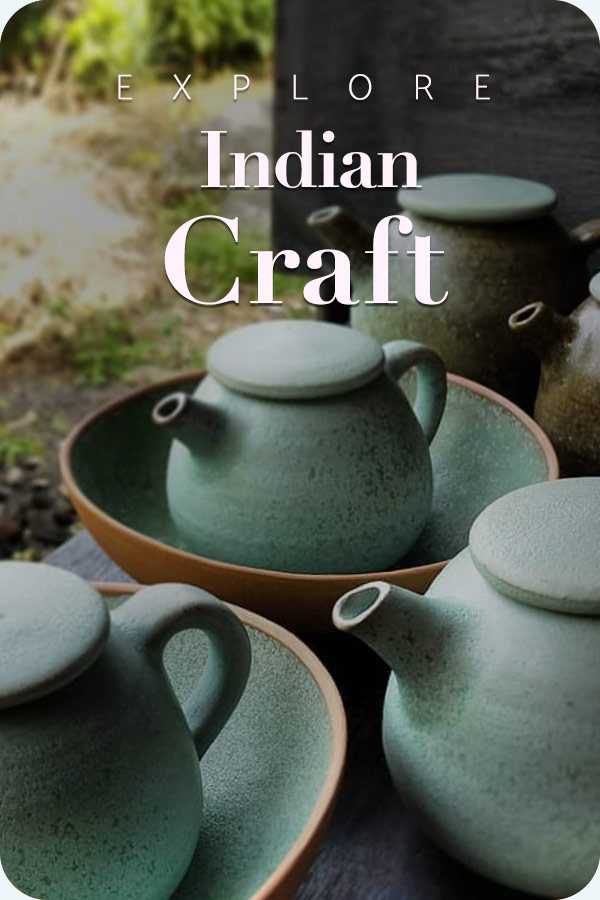
Tai Chi, Pilates, and yoga are all effective low-impact workouts that concentrate on strengthening your core and improving your balance. These activities can be performed by anybody, regardless of age or skill level, and they have several positive effects on one’s health.
In this article, we will discuss these meditation workouts that will help aid your mind and body alike. Each workout type will be described according to its style and form. Then, we shall conclude by going over their differences.
Yoga

There are a lot of different styles and forms of yoga. One of the most well-known approaches is called Hatha, meaning ‘force’. This approach has various components that relate to the body.
Hatha yoga emphasizes movement and is less of a quiet and contemplative practice. It relies on breath control exercises (pranayamas). After this, there will be a sequence of yoga poses (asanas), and the practice will conclude with a resting period (savasana).
During your yoga practice, you should exert yourself physically, but you should never feel overwhelmed by the experience. When you reach this “edge”, your attention shifts to your breath and your mind becomes accepting and at ease.
Main Components
There is a wide variety of types of yoga, each of which emphasizes a distinct idea or way of thinking. Each of these varieties of yoga also emphasizes a different set of postures and areas of emphasis.
Although the actual practice of yoga covers a vast amount of ground and is quite in-depth, yoga is primarily concerned with the following aspects:
- Position and posture of the body
- Breathing
- Meditation or a certain frame of mind
Benefits
Everyone, regardless of age or fitness level, may improve their physical and mental health by practicing yoga.
The health benefits of yoga include:
- Strength, balance, and flexibility are all improved
- Back discomfort may be alleviated
- Yoga alleviates symptoms of arthritis
- There is some evidence that yoga is good for the heart
- Sleeping at night is better since it helps one to calm down
- Increased vitality and improved moods
- Better stress management and lower blood pressure
- You will find a welcoming and encouraging community
In addition, if you are currently dealing with an illness, are recovering from surgery, or are a patient living with a chronic condition, you can incorporate yoga into your treatment plan to aid your recovery.
Numerous studies have shown that yoga may be beneficial for different conditions, including oncology, osteopenia, challenges with balance, women’s health, arthritis, and chronic pain, to name a few.
Due to the scientific evidence of yoga’s benefits to health care, several significant institutions, including the United States Armed Forces and the National Institutes of Health, are incorporating it into their practice.
Pilates

Routines in Pilates can be done with or without machines – [Image Credit – FreePik]
Pilates is focused on the improvement of overall fitness, aerobic condition, and health while also working to strengthen the whole body. Its routines may be practiced on a mat like yoga, but usually, resistance devices are utilized to improve strength.
Benefits
Health benefits of Pilates exercises include better posture, muscular toning, and enhanced mobility and balance. There is also proof that Pilates may be useful for alleviating back pain since using equipment enables the individual to exercise with back support.
Pilates is largely regarded as a safe and helpful type of exercise, despite having a plethora of movements with a wide range of motion. For this reason, many people are scared of trying it out the first time, but it is appropriate for beginners too.
The health benefits of Pilates include:
- Strengthening of the core
- Improvement of posture
- Reduces back discomfort
- Provides an energy boost
- Helps you be more fit
- Relieves stress
- Relieves pain during menstruation cycles
- Enhanced flexibility and mobility
- Makes you more resistant to illness
- Better cognitive performance
- May increase motivation
- Improves athletic performance
- Improves sexual life
- Strengthens bones
- Effective mood enhancer
- Provides better sleep
Tai Chi

Tai Chi is sometimes referred to as meditation in action, but a more appropriate name for the practice is medicine in motion.
There is an increasing amount of research suggesting that this mind-body activity, whose roots came from Chinese martial arts, may be beneficial in the treatment and prevention of a wide variety of health issues.
You may begin with its routines even though you aren’t in an ideal form or health, at the moment. It is the easiest exercise for beginners since it does not require a lot of cardio background and a prerequisite body weight.
Erien Fryer, a Qi Gong-certified teacher states, “Tai Chi Qi Gong can be extremely beneficial for individuals who have experienced trauma and find static positions triggering. The slow gentle movements with deep diaphragmatic breathing assist in the facilitation of neuro-regulation of the parasympathetic nervous system and optimal flow of Qi (Chi)”.
Benefits
Practicing Tai Chi has numerous benefits, both physical and mental. Tai Chi has been linked to a reducing symptoms of anxiety and sadness, as well as an increasing cognitive performance.
It is also possible that it may assist you in managing the symptoms of some chronic disorders, such as fibromyalgia or COPD (chronic obstructive pulmonary disease).
Tai Chi also has the following health benefits:
- Alleviates stress and anxiety
- Help facilitate better sleep
- Reduction of weight
- Enhances cognition (especially beneficial for cognitively impaired elderly persons)
- Improves balance and motor skills
- May supplement conventional treatments for some chronic illnesses
- Reduces arthritis-related pain
- Teaches you the art of self-defense
Tai Chi Sword

Tai Chi is the only meditational art that uses a weapon, the Tai Chi sword. The goal of using this fascinating weapon is not to end one’s life but to preserve it. It is a widely respected weapon reflecting Chinese culture, tradition, and history.
Differences & Similarities

Although yoga, Pilates, and Tai Chi are all distinct forms of physical activity, they share one important characteristic: the ability to reduce discomfort and enhance the overall quality of life.
- Tai Chi generally focuses on health, self-defense, and mind meditation with the internal Qi Gong
- The main foundations of Pilates are associated with concentration, focusing on the core, correct breathing techniques, and providing control, flow, and precision
- Yoga is another method to take care of your health that uses breathing, movement, and meditation to bring your mind, body, and spirit together
All these 3 exercises can support your health and well-being in varying degrees for similar areas. All of them will provide you with various forms of exercise designed to strengthen your muscle tone and mind.
The physical postures you will do for each of these arts will lead to stress reduction and weight loss. The risk of falls and failure when exercising is close to null, so we recommend you try each of their routines.
You can get support from an expert to decide which is more suitable for you or simply, try them all out and see for yourself which exercise suits you the most.
Conclusion
Building strength and balance via activities like Tai Chi, Pilates, and yoga are becoming more popular since it provides the dual benefit of lowered risk of injury from falls and alleviation of pain from illnesses. It is even possible to modify existing routines for each so that even mobility-impaired individuals can practice these.
References:
Vedanta Centre Staff, S. Y., & Publishing Staff, D. K. (2010, January 1). Yoga. In Your Home Practice Companion. DK.
Yoga, V. C., & Publishing Staff, D. K. (2003, January 1). Yoga (L. Hawksley & I. Whitelaw, Eds.). https://doi.org/10.1604/9780789496843
Yoga. (1997, March 2). In S. Y. Vedanta Centre (Trans.), Mente y Cuerpo.
Tucker, P. (2000, January 1). Tai Chi. In Flowing Movements for Harmony and Balance. Lorenz Books. https://doi.org/10.1604/9781859675038
Frantzis, B. (2011, July 15). Tai Chi. In Health for Life. https://doi.org/10.1604/9781583941447
Paden, L. (2014, December 1). Pilates. In Easy Lessons for Stretching, Lengthening, and Toning Your Body.
Eisen, I. (2014, December 30). Pilates. Rosen Young Adult.







